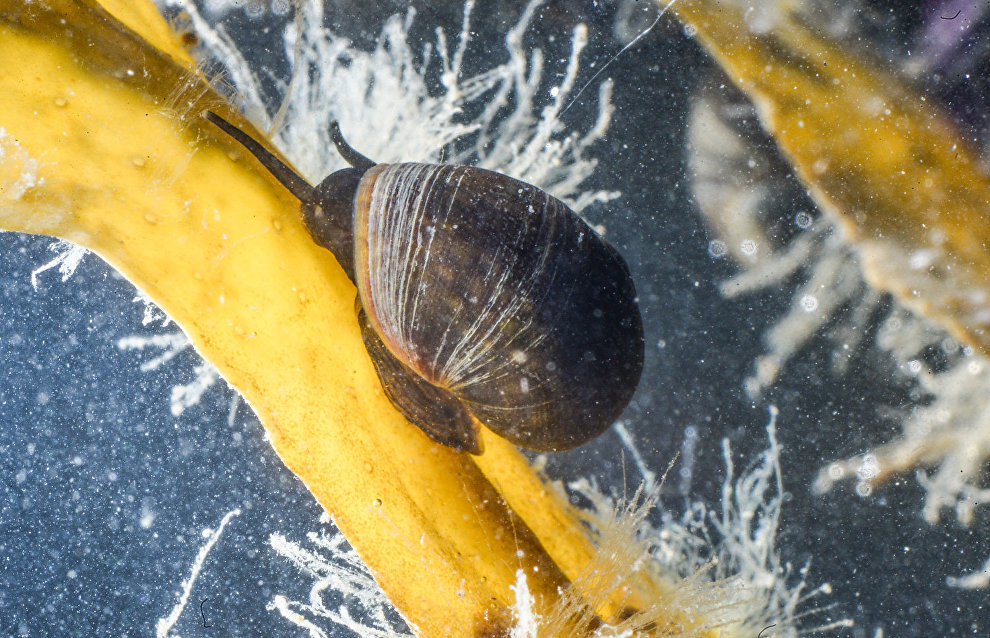St. Petersburg State University: pseudohermaphrodite snails to help assess pollution in Arctic seas
St. Petersburg State University researcher Ivan Nekhayev discovered that snails found near Wrangel Island and in Chukotka can show signs of pseudohermaphroditism, according to the university's press service. He believes the mutation is linked to the concentration of organotin compounds in the water where the snails live.
The press service added that several mollusk species are hermaphrodites (they have both male and female sex organs), while other species seldom change sex. There is also a very rare anomaly that causes an individual of one sex to develop opposite-sex characteristics. Nekhayev found out that female Boreocingula martyni snails collected in Rogers Bay on Wrangel Island and Pevek Bay in Chukotka, which are both areas located near ports and polluted with organotin compounds, had rudimentary penises.
These compounds were actively used some time ago in ship paints because the toxic substances prevented marine organisms, such as mollusks and crustaceans, from coating the hulls. In 2008, the substances were prohibited by an international convention, but their negative effect on marine ecosystems can still be seen.
"Today researchers know no other reason besides environmental pollution that can make mollusks pseudohermaphrodites," the press release reads.
"Thus we can make the hypothesis that Boreocingula martyni can be used to indicate sea pollution. Today it is cheaper to collect several dozen snails and open them than to analyze water samples. Such work can be carried out at specially equipped coastal stations with only a stereomicroscope and a trained employee," Ivan Nekhayev noted.
